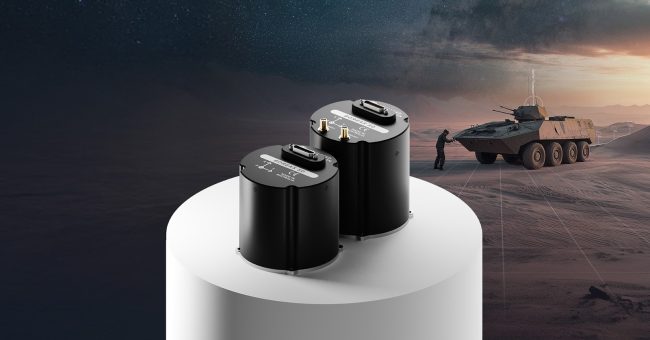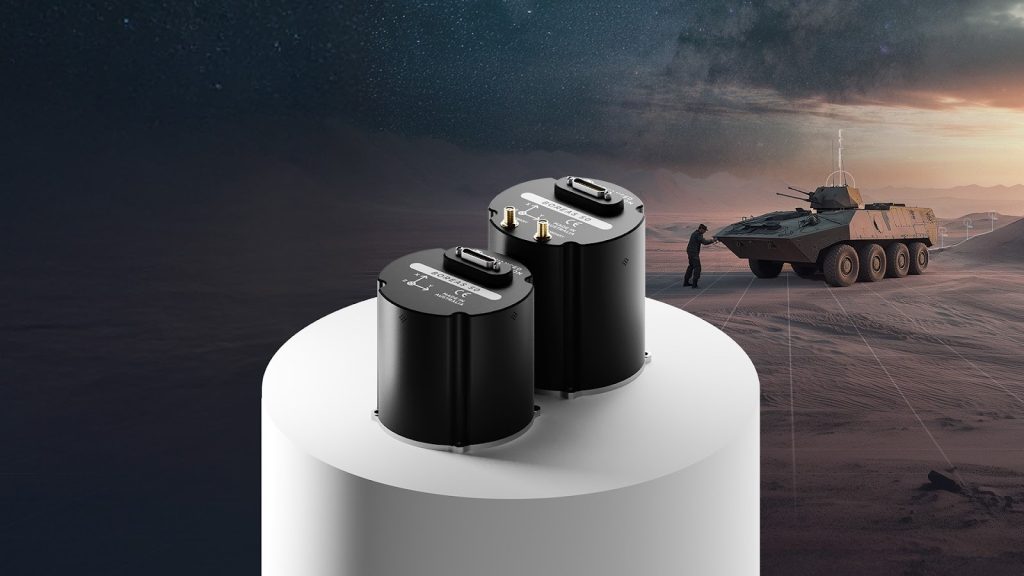Advanced Navigation Expands Across US and Europe to Meet Surging Demand for PNT Technology

PNT Centers of Excellence to safeguard US defense and critical infrastructure from GPS threats.
Advanced Navigation, a global leader in assured positioning navigation and timing (APNT) technologies and autonomous systems, has announced its expansion to establish PNT Centers of Excellence (COE) across the United States and Europe, beginning with the United Kingdom (UK).
The inaugural center will serve as a strategic cornerstone in Advanced Navigation’s global production network, purpose-built to scale the manufacturing, engineering, support and servicing of its world-leading inertial navigation systems (INS) for GPS-denied environments.
The announcement immediately follows Advanced Navigation’s launch of the Boreas 50 series, a compact North-seeking fiber-optic gyroscope (FOG) inertial navigation system (INS), offering resilient, reliable navigation in modern battlefields, and integrates Electronic Protection (EP) for high-threat scenarios.

Grace Hynd, Chief Operating Officer of Advanced Navigation, said,
“This major expansion is a direct response to the growing demand for GPS-denied navigation technology – driven by escalating electronic warfare threats, GPS jamming and spoofing, and the critical need for resilient autonomy on the battlefield.”
“Our PNT Centers of Excellence are the blueprint for our international expansion across Europe and the United States. Each center will allow us to collaborate directly with regional defense and technology leaders, building onshore capability from within our allied nations. This is essential to deliver the resilient navigation systems demanded by the current security climate.”

Advanced Navigation’s Boreas 50 series FOG INS.
Think Global. Act Local.
Selection of the final UK COE location is underway, focusing on access to a deep pool of technical talent and superior logistics, as well as proximity to a major international airport. The final UK center location will be confirmed in late 2025 with further global centers confirmed in early 2026.
Over the past year, Advanced Navigation has scaled rapidly, doubling its workforce and significantly increased manufacturing capacity to meet the surging demand from the defense sector.
By establishing international PNT COEs, the company enters the next phase of its growth strategy, setting the stage to double its team in the next 12 months. In an era of increasing complexity and contested environments, the ability to navigate with absolute certainty is becoming the world’s most critical strategic asset.
Building Supply Chain Resilience with World-Class Technology
To supplement its Australian workforce and establish a robust, onshore supply chain that meets local standards, regulations, and security requirements, Advanced Navigation plans to partner with regional innovators specialising in critical PNT sensing and aiding technologies, including:
- Inertial (optical gyroscopes and MEMS) sensing
- Vision-based sensing
- LiDAR and Radar sensing
- Acoustic Doppler (DVL) sensing
The future of navigation lies not in a single technology, but in the integration of a diverse and adaptable suite of sensors. By championing an intelligent, inertial-centered, multi-sensor approach, Advanced Navigation continues to deliver true resilience, even in the most severe GPS-contested environments.
Through this, Advanced Navigation will improve iteration speed, accelerate innovation cycles, strengthen quality assurance, and foster a tightly knit ecosystem of technological excellence. In turn, this investment also opens new opportunities for partners and research institutions across America and Europe to collaborate on deep technology and achieve global breakthroughs.
Strengthening NATO Resilience

Advanced Navigation’s Boreas D90 FOG INS.
This strategic expansion is designed to directly address the evolving operational needs of NATO forces. By embedding itself within the industrial and innovation landscapes of the United States and Europe, Advanced Navigation is bolstering the resilience of critical infrastructure while creating new opportunities for collaboration, jobs, and technological advancement.
Beyond scaling production, the centers will focus on enabling seamless interoperability across NATO’s diverse land, sea, and air platforms, significantly reducing integration time and cost for member nations. With the new network of Centers of Excellence, the company is set to power the next era of autonomous systems and APNT worldwide




